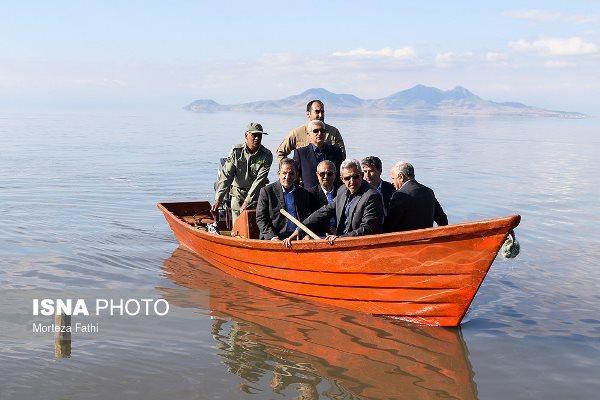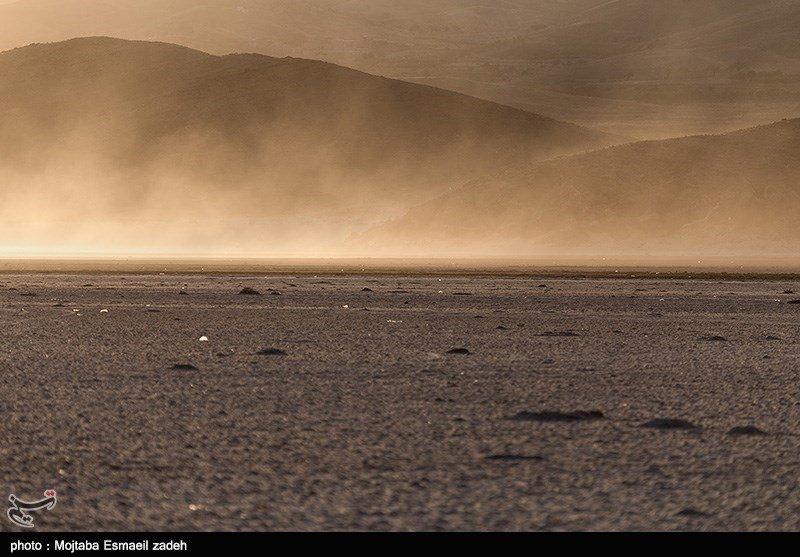Baku, Azerbaijan, April 1
By Farhad Daneshvar – Trend:
Seasonal winds whipped up the surface of a shrinking salt lake in northwestern Iran over the past week, giving serious cause for concern over a possible salt tsunami.
Iran’s First Vice President Eshaq Jahangiri on Sunday visited the Urmia Lake to monitor the latest situation of the drying up lake.
“The efforts for reviving the Lake Urmia will surely carry on. This issue cannot be ignored by the government,” Jahangiri told local media after he viewed the lake on April 1.
“If necessary, we would allocate billions of dollars in foreign loans for transferring water into the lake from foreign countries,” he added.

Studies suggest that the occurrence of salt storms from the lake would inflict environmental, agricultural, health and economic damages to the lives of about 76 million people living within 500 kilometers from the lake.
A group of Iranians over the past week once again took to social media to warn against the terrible risks of the expected disaster.
“Yesterday and today, the level of salt storm and dust in Tabriz reached a high level which made it too difficult to breath. This is an outcome of the drying up of the Lake Urmia,” a Twitter user wrote on March 25.
Several Iranian media outlets also published photos and footage from storm winds blowing near the lake.

At least eight animals escaped from an Urmia zoo, one individual was killed with 14 more injured after the storm hit the area over the past week.
Lake Urmia, with an area of 5,000 km, is located between Eastern and Western Azerbaijani provinces of northwestern Iran.
It is known as the largest lake in the Middle East and a shallow lake which is highly saturated with salt.
The area of the lake was estimated to be around 6,100 square km in 1995, the surface of which had declined to almost one-third, 2,059 square km in 2018.
Construction of dams and a bridge over the lake connecting two cities of Urmia and Tabriz as well as excessive consumption of water for agricultural and industrial purposes are believed to be among the main reasons contributing to the process of drying up of the lake.
Allocating 5.5 billion cubic meters of water to agricultural aims allowed constructing more than 43 dams on 14 river basins.
Constructing the bridge caused dividing the lake into two small parts and accelerated the process of evaporation.
Iranian President Hassan Rouahani during his electoral campaign promised to help revive the Lake Urmia.






